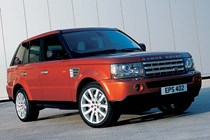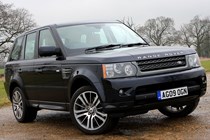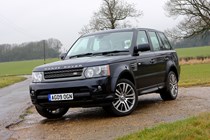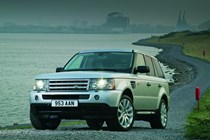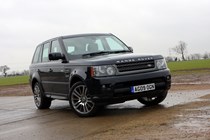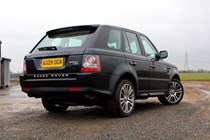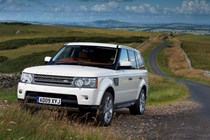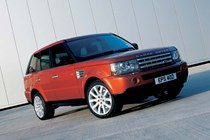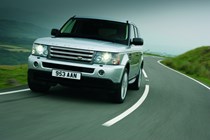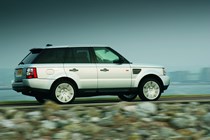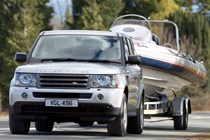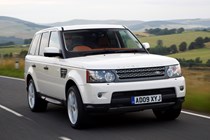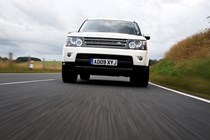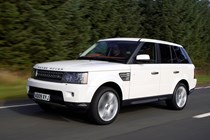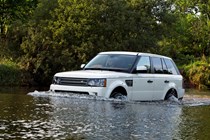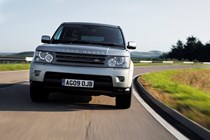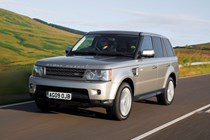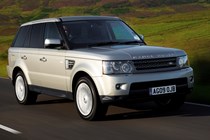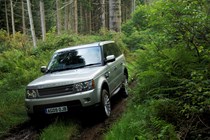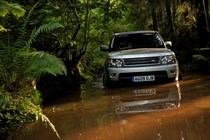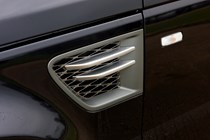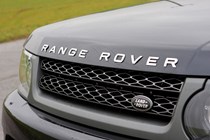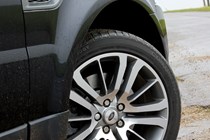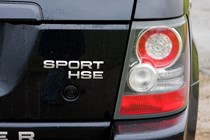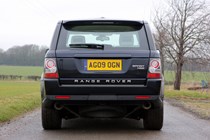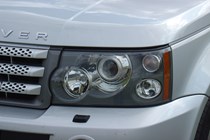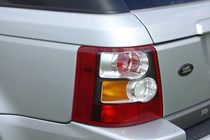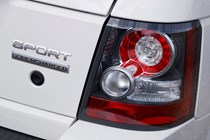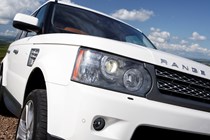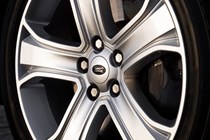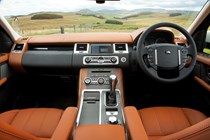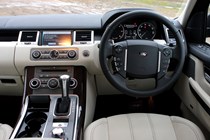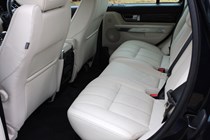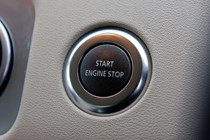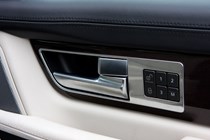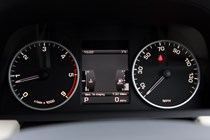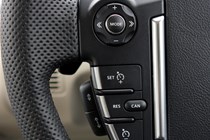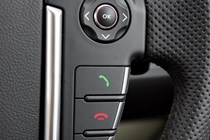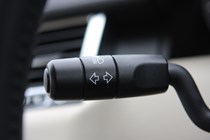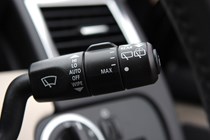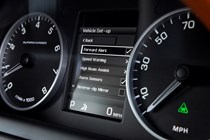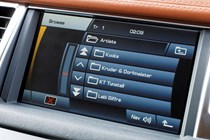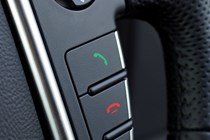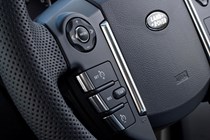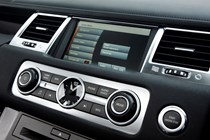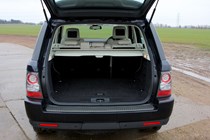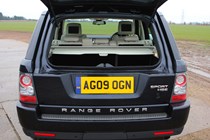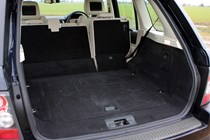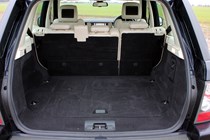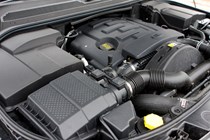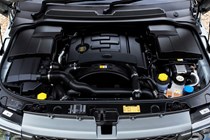
Range Rover Sport Estate (2005-2013) engines, drive and performance
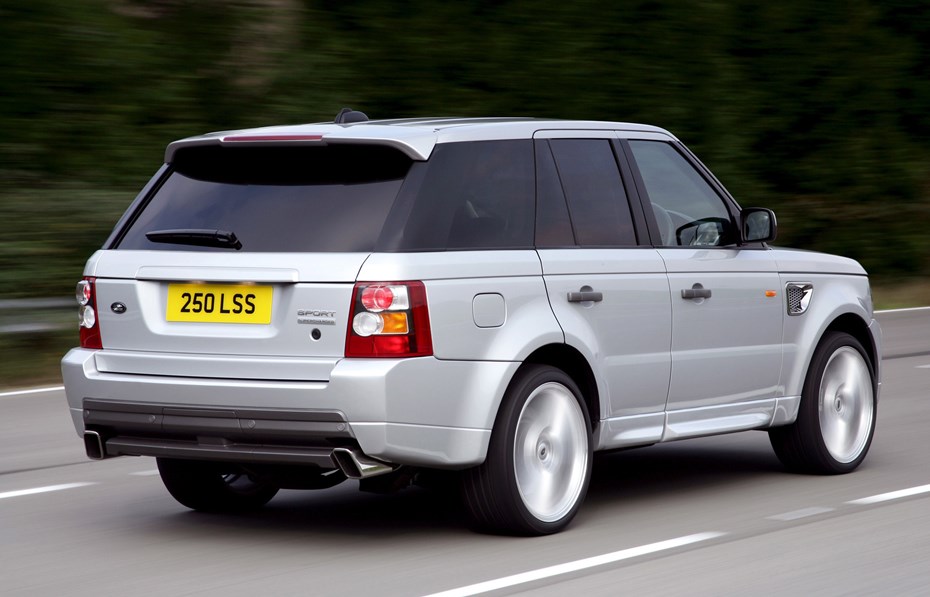
A non-supercharged 4.4-litre V8 option was available for a brief period following the Sport’s 2005 launch, but its thirst and relative lack of performance meant it was unpopular and was soon phased out. That left the 4.2-litre V8 Supercharged model as the sole petrol option but for Range Rover Sport performance it’s not found wanting. It’s thunderously fast (0-62mph takes just 7.6 seconds) and the gearbox was a six-speed automatic.
This motor was replaced in early 2009 with a supercharged 5.0-litre V8. producing 503bhp to give 0-62mph in a searing 5.9 seconds. The petrol still comes with a six-speed auto instead of the eight-speeder used in the diesel engine.
The V8 sounds great and is a smooth operator, but running costs are correspondingly high.
Diesel engine
The entry-level engine started as a 2.7-litre TDV6 diesel. It had 190bhp – which was fairly small for such a heavy car – but it propelled the Sport from 0-62mph in 12.7 seconds. Early 2007 saw the introduction of a 3.6-litre diesel V8 – badged TDV8 – with 272bhp and enormous amounts of pulling power (more than the supercharged V8 petrol in fact). This gave a 0-62mph time of 9.2 seconds.
In mid-2011, the 3.0 SDV6 became the only diesel on offer in the Sport, packing 242bhp and driving through an eight-speed automatic gearbox which can be easily identified by the rotary gear selector. It delivers 0-62mph in 8.8 seconds to feel brisk while still offering almost reasonable running costs. This engine and gearbox combination is smooth, silent in normal driving and the best choice for most buyers, but it is not ULEZ or clean air zone compliant.
Parkers recommends
The petrol V8 may be a barn stormer to driver, but the 3.0-litre diesel is easily the best bet for most buyers needs and wallets.
It’s a big, heavy 4x4 yet the Range Rover Sport handles well with decent body control in corners, and although the steering can feel a little light at times, it firms up through bends. There’s a huge amount of grip too. All models feature permanent four-wheel drive and four-corner air suspension while a system called Dynamic Response (standard on both the TDV8 and Supercharged) optimises body control on-road by counteracting body roll in corners.
It doesn’t quite do the same job under acceleration and braking, with noticeable pitching and diving. Those looking for improved on-road performance, should seek-out a model registered after Summer 2009. Following a major facelift, these cars were offered with a new “Adaptive Dynamics” system. It works in conjunction with the existing Dynamic Response system and continuously monitors the suspension and predicts the settings you’ll need for the type of driving you’re doing, so that it’s firmer when the car is being driven hard and softer on the motorway.
These facelifted models also benefit from more responsive steering and more powerful brakes. For off-roading, the Range Rover Sport has the same Terrain Response system as the Discovery. Terrain Response is activated by a dial on the centre console and provides the driver with the optimum driving set-up for nine different conditions through five settings including now, sand and deep ruts – the latter automatically raises the ride height.
No other SUV that performs this well on road is as well-equipped to travel off road.


